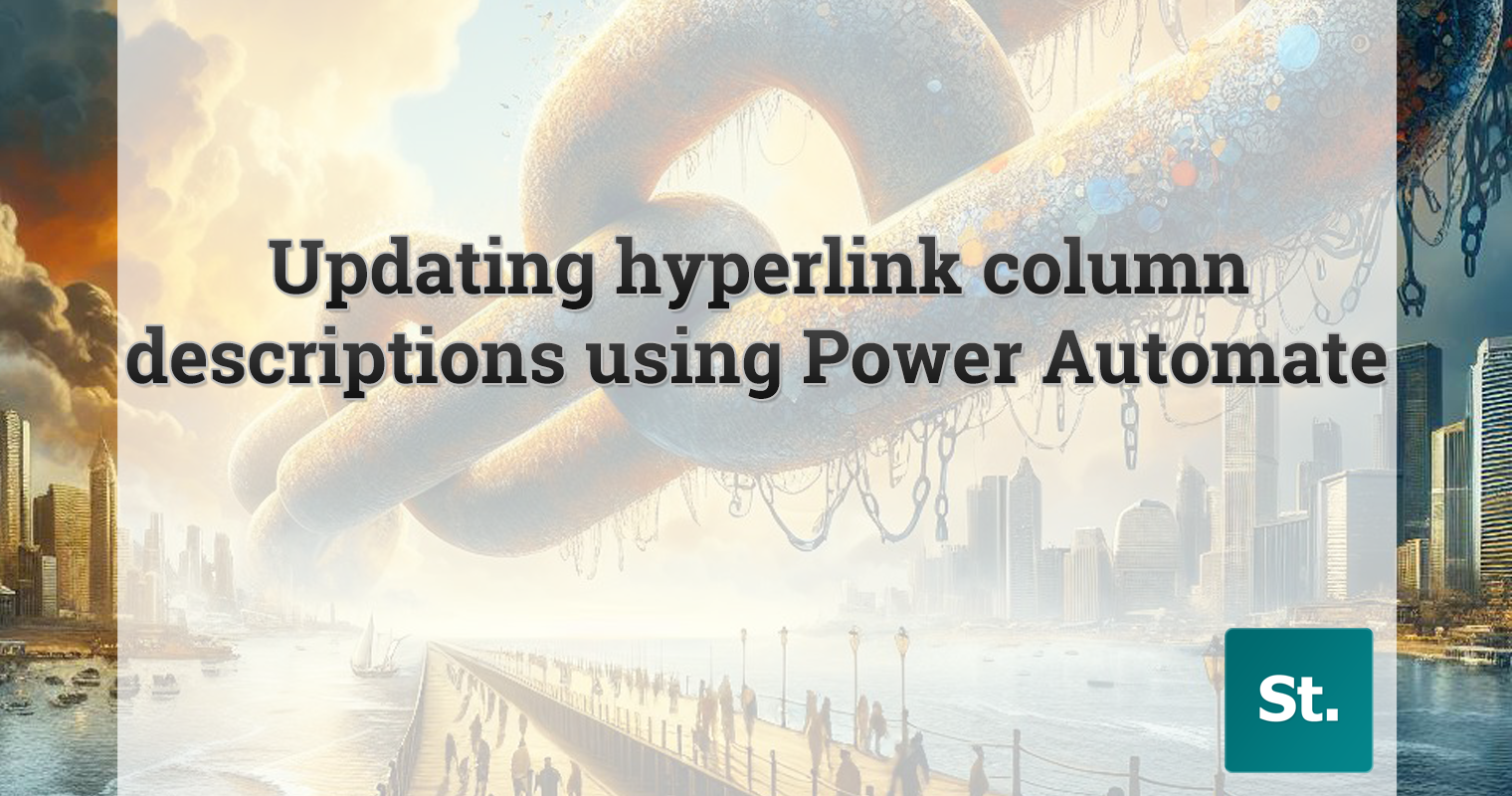
This is an oldie but a goodie in my opinion, this post will show you how to use library filters in SharePoint to only show items/ files created, or modified by the current user.
The steps below will guide you through the process of updating the view of a list or library to only show items created or modified by the current, logged in user.
- Open the list or library you wish to update
- From the library actions ribbon > select the current view (for example: all documents)
- Press edit current view
- Scroll down the edit view page until you get to the filter section
- Create the following filter:

NOTE: this example will only show items that were created by OR modified by the current, logged in user. If you want your filter to only show items where both these values are true, change OR to AND.
- Press OK to save your changes
Now your view should have updated to only show items created by, or modified by the current, logged in user.

Considerations
This example is really simple and easy to implement and there isn’t any real impact on your users as nothing is technically being restricted, just filtered out of the default view.
The flip-side of this is that in of itself could be considered a limitation if there is information stored within the list/ library that requires limited permissions. I’ll go into the options available for this later in this post.
However with that said, depending on what permissions you have in place for your list/ library, you could use this approach to secure the contents too.
Consideration #1 – Views don’t change permissions
A “back door” to gaining access to all contents stored in the list/ library would be to use a different view than the set default view to access all items (for example: if you created a new view to follow the below method, but left the default view set to show everything).
The solution to this would be to apply this filter approach to the default view, make sure any other public views follow the same approach and make sure end users don’t have elevated permissions.
Consideration #2 – Ensure permissions are set correctly
The only way an end user could bypass this approach without any “all items” views available, would be if they had the permissions to do so. The permission that controls this is called the Manage Lists permission, which is only granted via the Edit, Design, Full Control, Manage Hierarchy permission levels by default.
If end users aren’t in these groups, your in luck!
Consideration #3 – list/ library contents is not searchable
If you are using views to filter who can see contents within your list/ library then you will need to ensure this setting is updated if the contents needs to be hidden (below example is a document library):
- Press the cog button > library settings
- Press advanced settings
- Under Search > change allow items from this document library to appear in search results to No
- Press OK

Consideration #4 – If it’s a list, enable item level permissions
With lists, in advanced settings there is an additional configuration option – item level permissions which allows you to specify which items users can read and edit.

As the heading implies, this consideration only works for lists in SharePoint as the functionality isn’t available out the box for document libraries. SharePoint Maven have written up what the two different levels of item level permissions you can set mean, which you can find here.


Leave a Reply